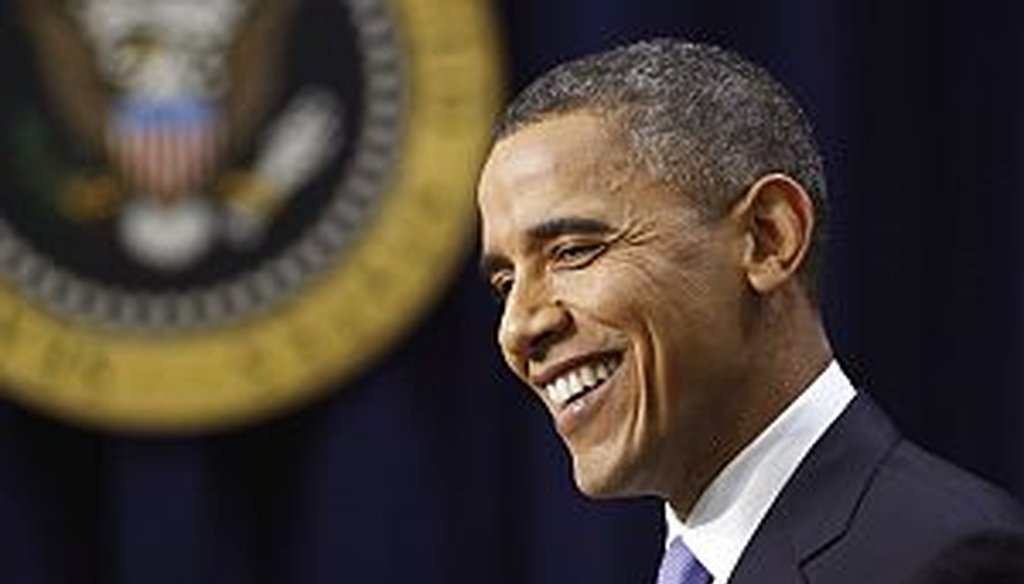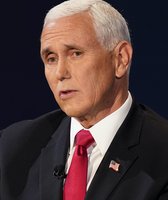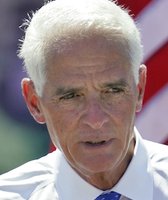Stand up for the facts!
Our only agenda is to publish the truth so you can be an informed participant in democracy.
We need your help.
I would like to contribute

President Barack Obama smiles during a news conference after START ratification on Wednesday.
President Barack Obama and Russian President Dimitri Medvedev signed a new version of the START I Treaty, called New START, on April 8, 2010. But students of the U.S. Constitution know that treaties also require a two-thirds vote in the Senate. The START treaty got that approval on Wednesday.
Facing opposition from key Republicans, the Obama administration had to work hard to gain the 71 votes the treaty received, with visits and phone calls from top officials to wavering Senators.
The treaty limits the United States and Russia to 1,550 nuclear warheads and 700 intercontinental ballistic missiles, submarine-launched ballistic missiles and deployed heavy bombers equipped for nuclear armaments. The treaty also sets up mechanisms for verification and monitoring.
Opponents of the treaty were concerned that it limited the United States' ability to implement new missile defense systems, among other objections. The administration said that it does not affect the U.S. ability to use such systems.
Obama said during the campaign he wanted a new treaty before the old treaty expired in December 2009. He didn't make that deadline, but since negotiations were active and ongoing, we've kept it rated In the Works. Now that the Senate has ratified the treaty, we rate it Promise Kept.
Our Sources
U.S. Senate, Resolution of Advice and Consent to Ratification As Amended (Treaty Doc. 111-5); Treaty between the United States of America and the Russian Federation on Measures for the Further Reduction and Limitation of Strategic Offensive Arms, signed in Prague on April 8, 2010, with Protocol, Dec. 22, 2010
The White House, Key Facts about the New START Treaty, March 26, 2010
Council on Foreign Relations, New START Heads for Ratification Vote, Dec. 22, 2010





















































